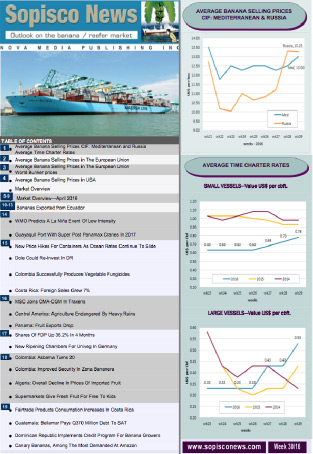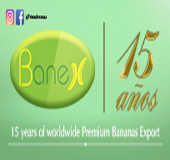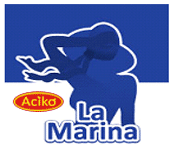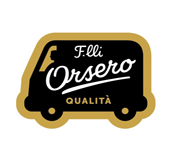Costa Rican Banana Growers Adapt to the EU "Green Deal" Restrictions
2024-01-12

Since January 1, the Spanish authorities have required a responsible declaration signed by the manufacturer on the amount of non-recycled plastic in the packaging of products imported by the country of origin, which must be certified.
This measure is not whimsical but is part of one of the first actions being taken by the member countries of the European Union (EU) within the framework of the Green Deal.
The European Commission has adopted a set of proposals to align EU policies on climate, energy, transport and taxation to reduce net greenhouse gas emissions by at least 55% by 2030, compared to 1990. That's what's known as the Green Deal.
Most of the initiatives in this agreement will come into effect from 2030. However, some countries, such as Spain, have already initiated some practices that will bring changes for Costa Rican exporters.
From 2030, all product packaging in the European Union must have a percentage of recycled plastic resins. This percentage depends on the type of packaging. For example, a non-PET (polyethene terephthalate) container must have 10% recycled plastics by 2030, while a PET container must have 30%. By 2040, both should have 65% recycled plastic. In the same year, the reduction of space in the packaging will be required, which means that bubble wrap, foams, and stereophon, among others, will not be able to be used.
Also, by 2027, all packaging must have a label that specifies the materials that not only the product but the packaging has. In addition, it must carry a reusability label.
The measures imposed by the European Union will mainly affect the agricultural sector and its exports.
For Erick Apuy, from the Directorate of Planning and Commercial Intelligence of the Foreign Trade Promotion Agency (Procomer), some producers have already managed to start a transition in packaging. "Banana and chayote producers, for example, already use biodegradable plastics in their packaging," he said.
This type of packaging is in line with the new European standards. However, Apuy acknowledges that more work still needs to be done in some areas. An example is the boxes that sometimes contain specific plastic components, which will be rejected with the new guidelines.
These new standards will also require the plastics industry to be able to generate new products that allow exporters to comply with the new guidelines. Therefore, the effects will be on exporters and the entire value chain.









